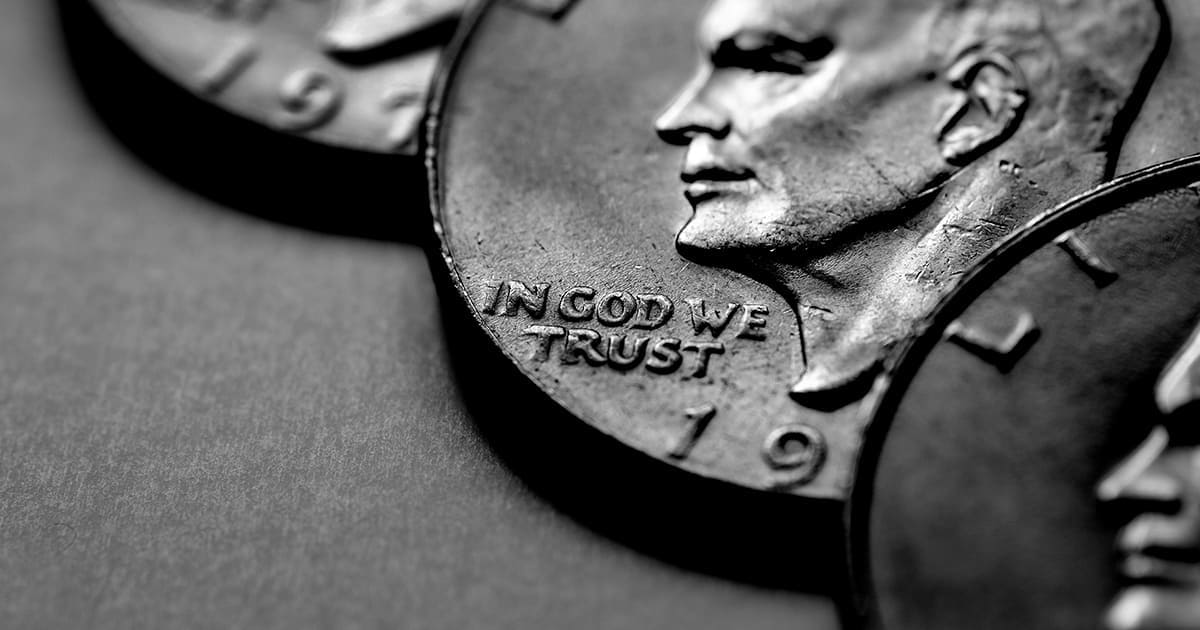
150 Years After the Midnight Ride of Paul Revere
The American Colonies had been over-taxed and over-regulated by King George III of England and the colonists yearned for their own nation. The seeds of rebellion had been sown by the King’s actions and in the 1760s the movement grew stronger and stronger. By 1775, the Colonies had enough of King George and his taxes. America was a powder keg and all it needed was a spark. The spark came in the towns of Lexington and Concord on April 18th.
It was learned that the British High Command believed that there was a large cache of weapons in the town of Concord some 18 miles west of Boston. They ordered their troops to march during the evening of April 18th to Concord and to search for those arms at sunrise. But the colonists sent two riders, Paul Revere and William Dawes, to alert the residents. The Patriots looked to the steeple of the Old North Church in Boston, visible from the Charles River where they waited. Two lanterns were visible and the patriots knew what to expect.
The British arrived in Lexington at dawn with 700 troops and were met there by 77 militiamen. Several volleys were unleashed and 17 of the patriots were killed or wounded. The British marched to nearby Concord still looking for the arms that had long ago been moved. The British controlled the North Bridge in Concord but the militiamen were determined to drive them away and fired their volleys which came to be known as the “shot heard round the World.” The patriots’ rounds drove the British from the bridge and by that time more than 2,000 minutemen had gathered and were now shooting at the British from forests, behind fences and from trees. The British began a hasty retreat abandoning weapons and equipment in an attempt to get back to the safety of Boston quicker. More militia joined and the British realized that this “little rebellion” was something of much greater consequence. But they could not have imagined that the “greatest army on Earth” could be beaten by ragtag farmers and tradesmen.

The British Royal Army and any European mercenaries, such as the German Hessians, that the British could hire were the protagonists. Trained, professional soldiers, well-equipped, opposed farmers and blacksmiths who often fought with their own rifles, handed down throughout generations in their families. But unlike the British who fought for a monthly paycheck, the colonists were fighting for their homes and for their freedom.
As 1925 approached, the sesquicentennial of the Battles of Lexington and Concord was going to be celebrated. In 1924, members of the Massachusetts congressional delegation submitted legislation to provide for a commemorative coin to honor this worthy event. The legislation passed easily and was signed by President Coolidge.
Committees from both Lexington and from Concord had each privately reached out to sculptor Chester Beach who had recently designed the Monroe Centennial Commemorative Half Dollar. Beach convinced the two town committees to join their efforts and they split his $1,250 fee. Each town would decide what would best represent the spirit of their town on their side of the coin.
The Concord Committee wanted a minuteman to represent them as these minutemen fought bravely against the British Army and turned the tide on the British at the Concord Bridge. The Lexington Committee wanted to be represented by the Old Lexington Belfry which rang out and called the minutemen to the Lexington Green, where it all began.

Beach’s design portrayed the full body of the Concord minuteman on the obverse facing right. Surmounting him is “UNITED STATES OF AMERICA” above and “PATRIOT HALF DOLLAR” below. To his right is “IN GOD WE TRUST” and behind him is “CONCORD MINUTEMAN”. The reverse depicts the Old Belfry in Lexington with “LEXINGTON-CONCORD SESQUICENTENNIAL 1775 – 1925” around the coin. Underneath the Belfry is “OLD BELFRY, LEXINGTON.”

The coins were struck in time for the April celebrations in Massachusetts. Distribution was done by both the Lexington Trust Company and the Concord National Bank. The coins were sold during the celebrations and for more than a year after. The first coin was presented to President Coolidge. Later, banks throughout New England sold them. 162,013 coins were sold and distributed around the country.
Coins sold at the celebrations in Lexington and Concord were distributed in small pine boxes that depicted a Minuteman on the front and the Old Belfry on the reverse. It is thought that about 200 of the boxes may exist today.

| Date | Type | Mintage | AU Value | Unc Value |
| 1925 | Lexington-Concord Sesquicentennial | 162,013 | $90 | $700 |
Expand your collection today and buy a 1925 Lexington-Concord Sesquicentennial Half AU.





